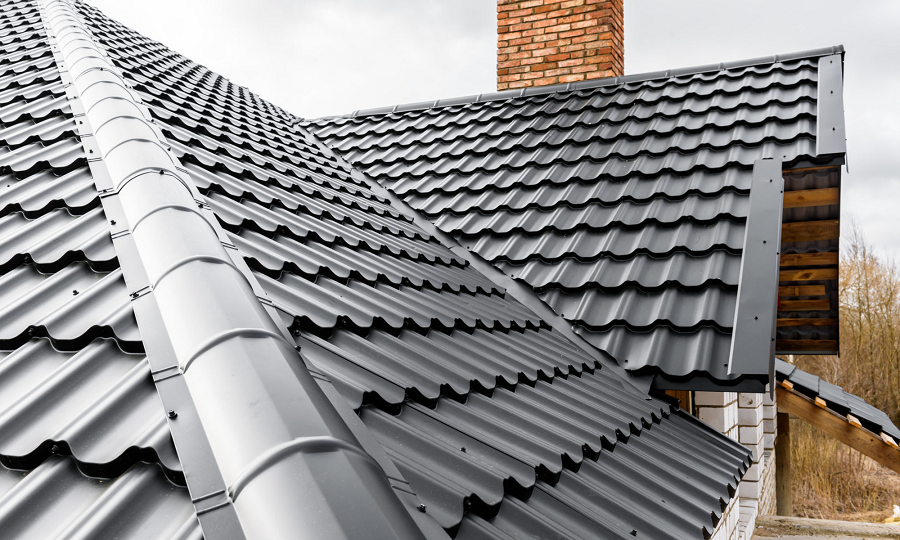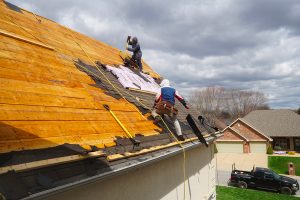
Living in places with cold climates and harsh winters can be quite challenging. Most people living in chilly climates have encountered many winter woes such as frozen or busted pipes, icy roofs, as well as slippery driveways and footpaths, just to name a few. Fortunately, building experts are constantly looking for innovative ways and developing hard-wearing materials to combat such problems caused by chilly conditions.
Whether you’re planning to build a new home or renovate your humble abode soon, choosing the right materials before construction is extremely crucial, especially if you’re living in cold weather conditions. Here are some of the best construction materials that are proven to withstand harsh winter climates, according to experts:
Metal and Asphalt Roofs
When it comes to the right roofing for winter climates, steel roofs are by far the best and the cheapest option. Metal roofing works great in cold climate conditions, as it can withstand heavy rains, strong winds, and large blocks of snow. Steel’s smooth and slippery characteristic lets snow and ice easily slide off the surface. This effectively prevents icy formations and leaks into your house than the other roof materials. You can visit your local steel supplier to make sure that the steel that you’re going to use is of high quality.
Aside from metal, asphalt also works perfectly in cold weather conditions. It is durable and cost-efficient, providing an extra layer of waterproofing to your home. Additionally, asphalt roofs come in different styles and textures, which can add an aesthetic appeal to your property while snow-proofing your home.
Carpets
These are the most winter-friendly among all flooring materials. Their soft and fluffy texture will keep your chilly toes warm while walking around the house. The thick material of carpets also helps keep warm air to circulate inside your home, which can maintain the room’s temperature and help you save on energy costs. The only downside is that they can easily attract dirt and other particles in the air. Make sure to clean your carpets regularly and with proper care to avoid them wearing down.
Multi-pane Windows
Having thick and multi-pane windows can keep your house warm and cozy during the cold season. Double- and triple-pane windows are highly cost-efficient, as they work best in trapping warm air inside your house during chilly days. They can also block harmful UV rays from entering your room, thanks to their Low-E coating. Aside from this, most multi-pane windows have a noise-canceling feature, saving you from unwanted and annoying clatters from the outside. They are also more durable and longer-lasting, though they are more expensive than single-pane ones.
Stones and Bricks
Stone and brick sidings work best against harsh climates for their superb insulation properties. During the cold season, brick sidings prevent warm air from leaking outside of your home, keeping you warm and cozy indoors with minimal heater usage. They can also withstand heavy rains and winds, thanks to their superior durability. But such materials can lock moisture over time between siding gaps, so it’s best to clean them regularly to avoid potential damage.
Fiberglass
This has always been a popular and attractive insulation option for home and building owners. Aside from being versatile, durable, cheap, and eco-friendly, fiberglass works best in resisting airflow, keeping your home warm during the cold season. This also allows you to conserve up to 12 times more energy, making fiberglass one of the most cost-efficient materials for insulation. Additionally, its non-combustible, moisture-resistant, and soundproofing properties make it easier to clean and maintain for the long term, which home and building owners can highly benefit from.
Most building projects entail hefty costs. This prompts project owners to use cheaper yet low-quality materials for construction. But selecting the proper materials early on will not only safeguard you and your family from harsh weather conditions, but it will also help you save tons of money in the long run. Take the time to research the right tools and materials for your project. Aside from this, you must also consider certain factors such as overall quality, durability, cost-efficiency, and environmental impact in choosing the materials that you will use for your construction project. This includes everything, from the foundations to the roof and even down to the smallest details inside and outside of your home.
Do not hesitate to seek professional opinions from building experts such as architects, engineers, and suppliers during material selection. They can help you choose only the best possible option for your project, which can effectively avoid potential building mishaps in the future.

